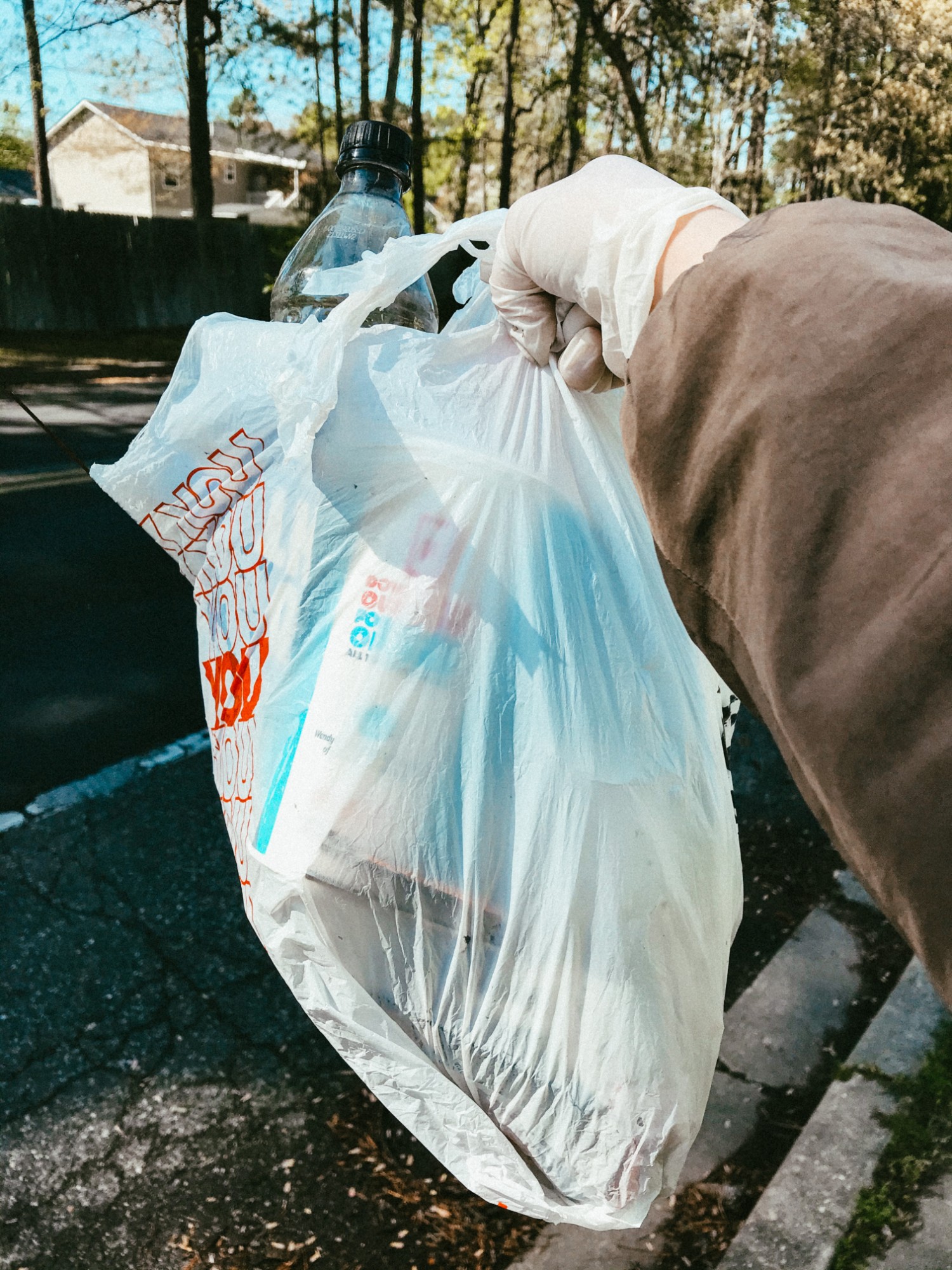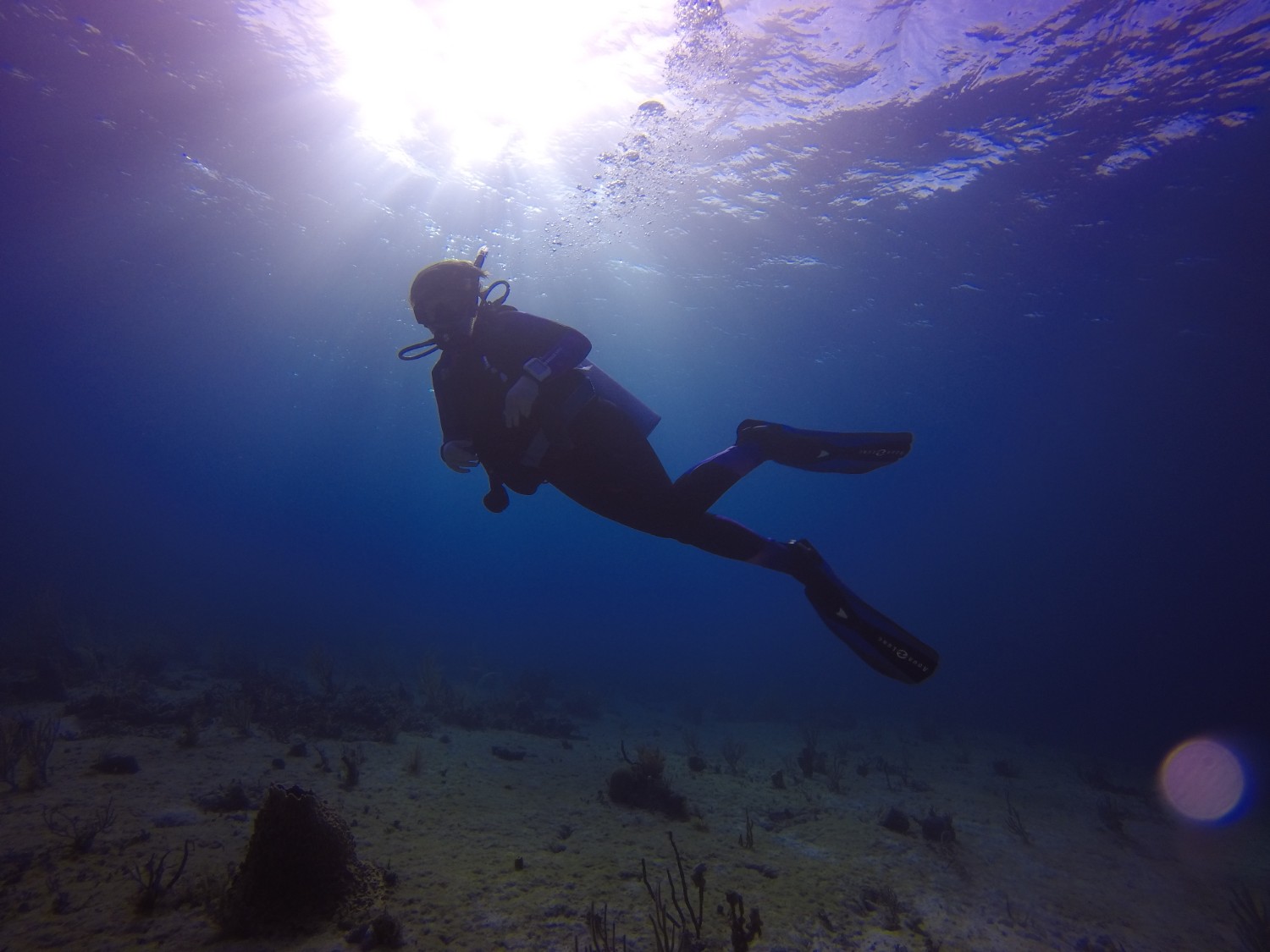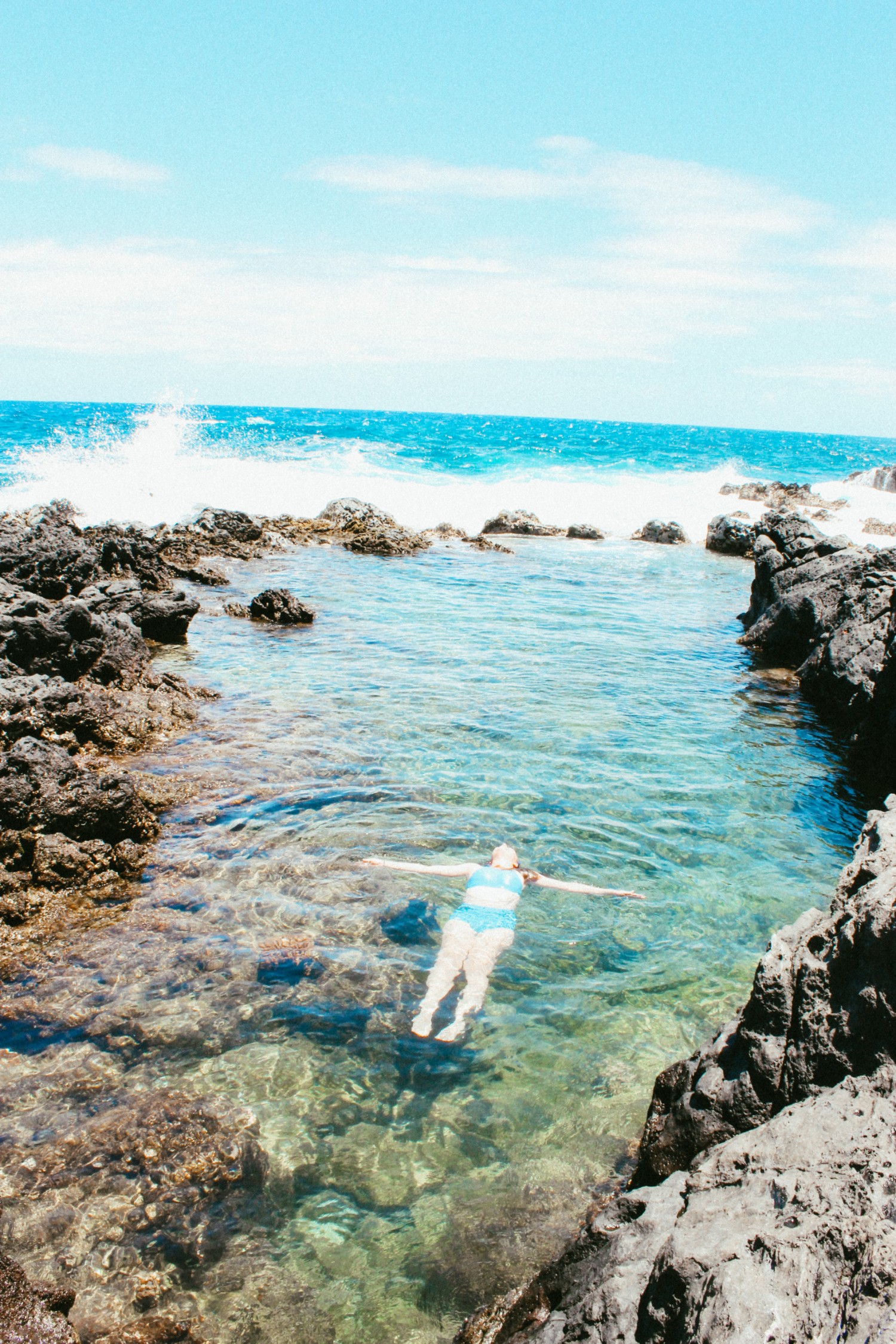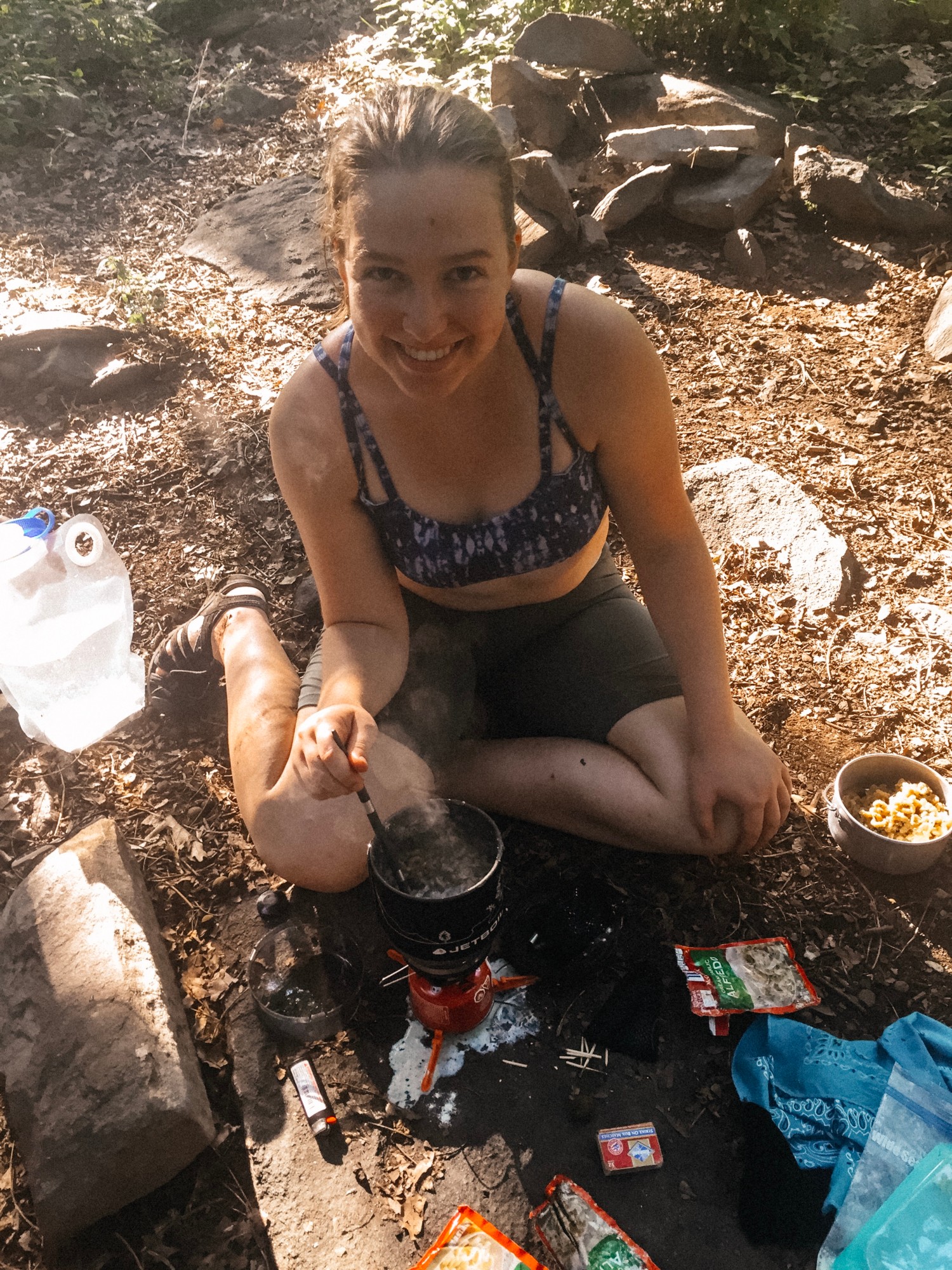Plastic Free July is the perfect opportunity to try to cut out single-use plastics within a supportive community movement. Try these helpful plastic-free travel tips from Kendal Karstens of Getaway Girl.
As travelers, we’ve been privileged to see the natural beauty of the world around us. It’s also hard not to see how our travels negatively impact the planet.
Our photos show Bali’s beaches littered with plastic, or plastic bags tumbling on the trail to Machu Picchu. Simply put: travel is not great for the environment.
Experiencing the world doesn’t have to be unsustainable though!
This month, join me in the Plastic Free July Challenge and become a better advocate for the environment as a more eco-friendly traveler!
What is the Plastic Free July challenge?
Plastic Free July is an organization that, since 2011, has encouraged people around the world to adopt plastic-free swaps into their routines.
Whether you can handle only one swap or several, the challenge is for everyone! The key is to push yourself to form more eco-friendly habits.

Plastic Free, Zero Waste, & Sustainability
Being plastic free means you aim to not use any plastic in your daily life, including during your travels. It falls under the category of zero waste.
Zero waste is a term used to explain the goal of not producing any waste in your life. This includes plastic waste, water waste, and others. The Zero Waste label falls under the broader category of sustainability.
Sustainability is an all-inclusive term of the multitude of ways people — including travelers — can be kinder to the planet. Some examples of sustainability for travelers might include carbon offsetting flights, participating in ethical animal tourism, and even adopting a plastic free lifestyle!
Going Plastic Free in Travel
As you can see, there are numerous ways to be a sustainable traveler, and all of them are important!
However, our planet is currently experiencing a plastic crisis.
About 8 million tons of plastic enter our oceans annually. According to NOAA (U.S. National Oceanic and Atmospheric Administration), that’s about the weight of 90 aircraft carriers!
If we stopped the overflow of plastic in our oceans, we could correct many other environmental issues, too.
For example, plastic often entangles marine life and it also gets confused for food.
The plastic crisis is an animal rights issue!

The most common plastics found in the ocean are cigarette butts, bottle caps, beverage bottles, food wrappers, plastic bags, paper or plastic cups and plates, and plastic straws.
All of these items are easy for travelers to avoid with a little bit of preparation.
Travelers should especially avoid producing this plastic waste in destinations that don’t have sufficient waste management systems to handle plastic from tourists.
Consider this:
Cultures around the globe traditionally used eco-friendly alternatives to straws, bags, drinks, and other single-use plastics. In Thailand, for example, people traditionally used banana leaves as “shopping bags” before plastic ones were introduced. Utilizing natural, biodegradable materials — such as banana leaves — meant that large-scale waste management systems were unnecessary.
But then tourists arrived en masse.
Hotels and restaurants started offering single-use items.
Without a large-scale waste management system, I can almost guarantee that your trash as a tourist will end up in the ocean in many coastal destinations, even if you dispose of it in a trash bin.
Travelers should adopt a plastic free lifestyle so that they preserve their favorite destinations for decades to come!

Plastic Free Swaps for Travelers
Here are a few plastic free suggestions perfect for travelers if you want to participate in Plastic Free July.
Looking for a supportive women’s travel community? Connect with us:
Pack plastic-free snacks
Since food wrappers are one of the most common pieces of plastic found in the ocean, embrace plastic-free snacks!
Apples, carrots, celery, and even baked goods at a local cafe are all great options.
Travelers depend on snacks to avoid #hanger, so aim for a small goal to start. This July, why not try replacing one snack per day with a plastic-free snack?
Swap out Ziploc bags
If you’re still using Ziploc bags while packing, consider investing in a reusable bag instead.
Packing cubes are loved by many travelers.
Another great option, with a multitude of different uses, are Stasher bags. You can use them to store cords, toiletries, and even dirty underwear on the road. They have numerous uses at home, too. For example, you can fill it with ice and use it as an ice pack!

If you can’t afford something new, don’t worry!
Look at what you already own and see if there’s an object you can repurpose into a bag.
I’ve used reusable sandwich containers to store hair accessories and my reusable shopping bag as a dirty laundry bag while traveling.
Try a shampoo bar
One of the most annoying things for travelers is the liquid limits for carry-ons. With a shampoo bar, you never have to worry about that again.
One of the main ingredients in shampoo is actually water, which is used to dilute the actual cleaning ingredients. With a shampoo bottle, you’re essentially paying for plastic and water!
Instead, use a shampoo bar. You’ll save money, avoid tiny plastic carry-on bottles, and always have enough shampoo on-hand.
Shampoo bars foam up with water, so it feels similar to washing your hair with plastic shampoo bottles. Plus, the bars last for months since the actual shampoo ingredients are concentrated!
There are lots of shampoo bar brands available, so experiment to see which one works best for you. I personally use Ethique.
Always bring a reusable water bottle
Most travelers bring reusable water bottles, but what about visiting places with questionable or unsafe tap water? You’re not doomed to use plastic water bottles!
First, understand why the water isn’t safe to drink. Are viruses in the water? Is it muddy? Ask Google before arriving at your destination if you’re unsure.
Then, determine if you need a filter, a purifier, or both. This is dependent on the water where you’re going.
If the water has viruses or metals, you’ll need a purifier.
If the water is muddy or otherwise dirty, you’ll need a filter. Filters can also improve the water’s taste.
Now, get a water bottle that suits the tap water at your destination, as well as what’s convenient for you!
There are a wide variety of options depending on your needs and budget. When considering costs, remember you won’t be spending money on plastic water bottles throughout your trip!
These are the three water bottles I recommend most often:
- Water to Go
- LifeStraw
- SteriPen
Plastic-free deodorant
There are lots of plastic-free options on the market for deodorant!
Plastic-free deodorants typically come in two forms: a bar or a cream.
Bars might be more familiar for you if you’re switching from a stick deodorant. Creams are great options, too!

What’s Next?
Whatever habits you form during Plastic Free July, try to keep them up on your travels! You’re well on your way to being a sustainable traveler.
If you want to learn more ways you can participate in Plastic Free July as a traveler, join me inside my virtual workshop on July 6th for the Wanderful community!
I’ll share five more plastic free swaps that are perfect for travelers, including an easy and cheap DIY recipe for deodorant.

